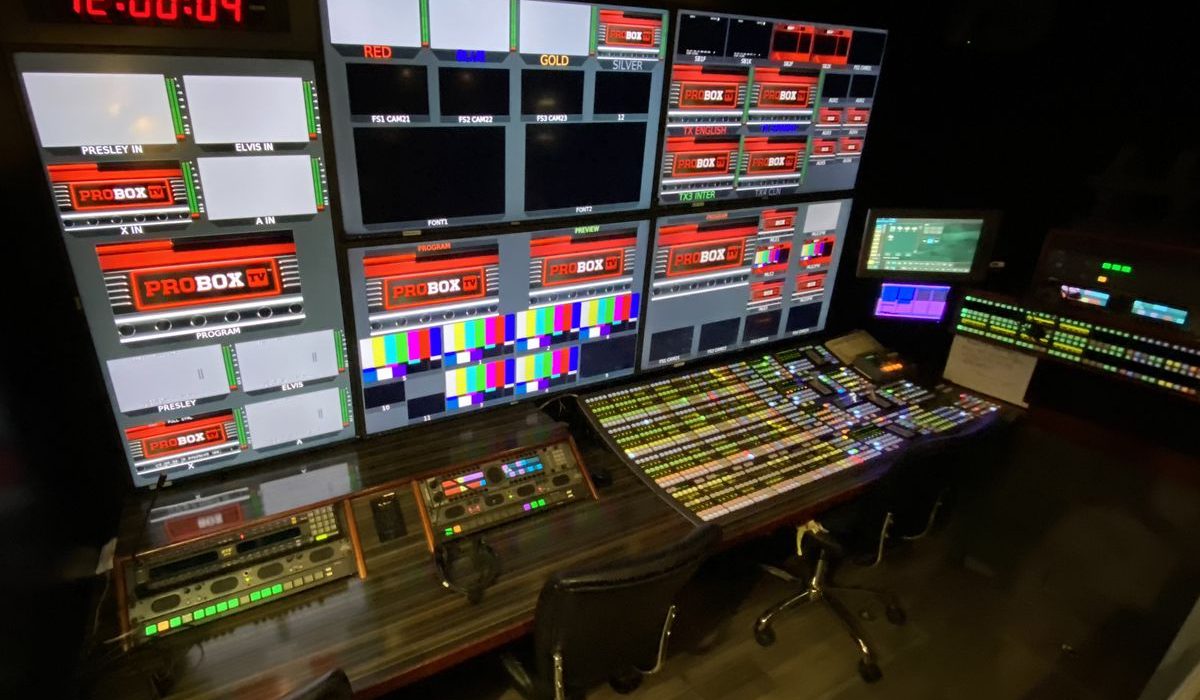Major League Baseball has been a part of American sports culture for more than a century. The game has changed, and so has the way that it is presented to the fans. The evolution of MLB broadcasts is a reflection of the convergence of technology, entertainment, and America’s love of baseball.
The Early Years:
Fans relied on radio and newspapers to keep up with their favorite teams in the early days. Red Barber, Mel Allen, and other broadcasters brought baseball to life by bringing millions of listeners vivid images of the action MLB중계
.
The Television Revolution
In the middle of the 20th century, the advent of television marked a major shift in how people experienced MLB. The “Game of the Week,” broadcasts, and the growth of regional networks enabled fans to enjoy their favorite teams in the comfort of their living rooms. Visuals brought players and ballparks to homes all over the country.
Birth of Cable and Satellite
The technology has advanced and so have the methods of providing baseball to fans. Cable and satellite TV allowed for a more comprehensive coverage. Channels like ESPN, regional sports networks, and other dedicated channels provided in-depth analyses, pre-game shows, and postgame interviews. The advent of 24/7 baseball coverage gave fans unprecedented access to their favorite sport.
The Digital Age
MLB broadcasts were further revolutionized by the rise of internet technology in the 20th century. Online, fans could access scores, statistics, and highlights in real-time. There are streaming services that allow viewers to watch the games on their mobile and computer devices. MLB.TV changed the game by allowing fans to watch their favorite teams no matter where they are located.
High-Definition Video and Beyond
High-definition TV brought baseball broadcasts to a new level of clarity that was previously impossible. The fans could see the subtleties of the game from the curveball’s spin to the dust that was kicked up when a player slid into home plate. This improved visual experience increased the enjoyment of baseball and brought the fans closer to action than ever.
Augmented Reality (VR) and Virtual Reality (AR):
MLB broadcasts in recent years have adopted cutting-edge technology like augmented reality and virtual reality. AR graphics improve the viewing experience, by overlaying additional information such as player statistics and real-time analysis on the screen. VR allows fans to experience a whole new level of immersion, making them feel as if they were sitting in the stadium or on the field.
Engaging Fans:
The social media played a crucial role in making MLB broadcasts interactive. Fans can now take part in live polls and share their opinions on plays. They can also interact with other viewers. This community-based approach enhances the viewing experience and helps fans to feel more connected with the game.
Conclusion:
The evolution of MLB broadcasts is a reflection of the impact of technology on our sports experience. The journey to bring America’s favorite pastime into the living room, from radio waves to high-definition screens and now to virtual immersive experiences, has been nothing less than remarkable. Looking ahead, we can see that MLB broadcasts in the future will be shaped by innovative technologies that improve the fan experience.








